Okitsu Wase Satsuma is the Taste Test Winner
The Okitsu Wase Satsuma Mandarin Orange originated in Japan and is an early maturing Satsuma Mandarin. Owari Satsuma matures later and is the most commonly planted Satsuma Mandarin in California, but Okitsu Wase is also widely grown.
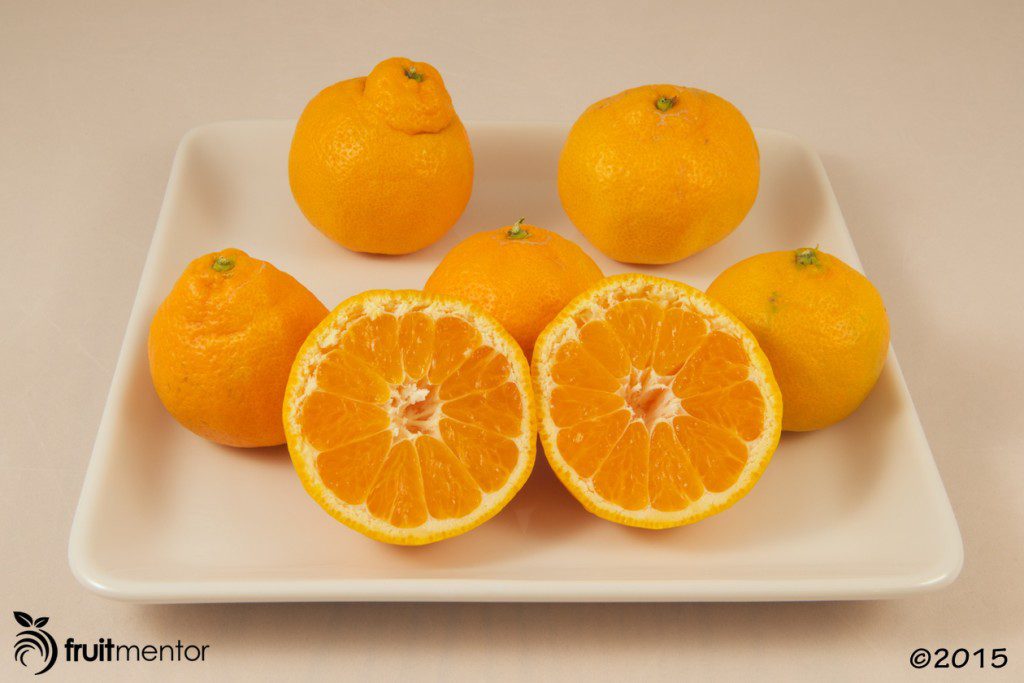
Taste Test Results
In a November 2014 citrus taste test of 60 varieties from California's central valley, the Okitsu Wase Satsuma was the overall winner. Tasters reported Okitsu Wase to be sweet with excellent flavor and very juicy. One taster also noted its fragrant skin. On a scale from 1 to 9, Okitsu Wase scored 7.3, a bit higher than “very good” (7).
I juiced the leftover fruit and had planned to use it in an experimental recipe, but the juice was so delicious that I decided to drink it rather than take the risk of wasting it.
Undoubtedly Okitsu Wase won the taste test in part due to good timing. Nevertheless, I will be adding Okitsu Wase to my garden based upon this result.
Okitsu Wase Satsuma Trees Readily Available
Okitsu Wase Satsuma trees are readily available in California nurseries despite Owari Satsuma trees being the most common satsuma trees.

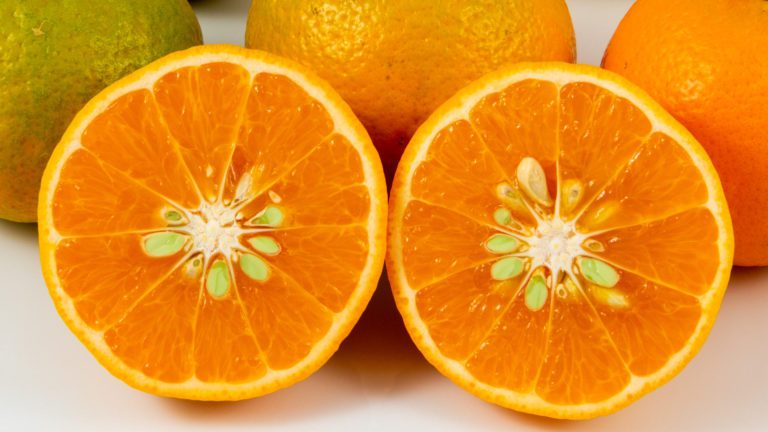
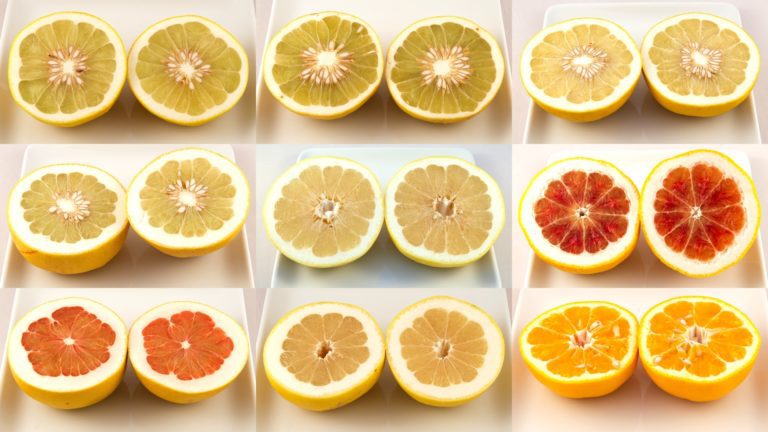
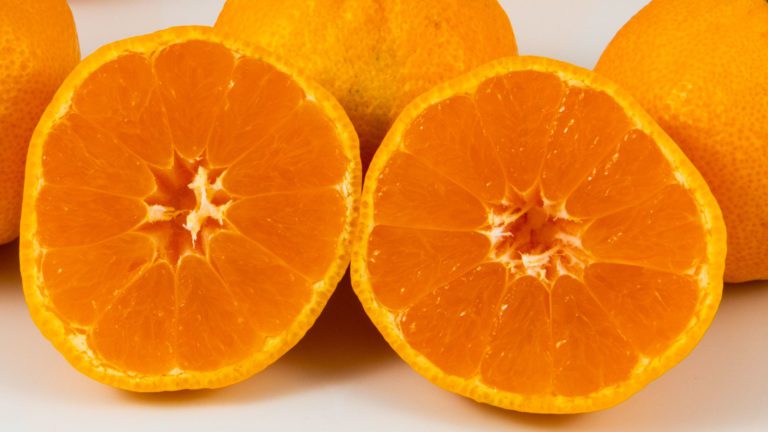
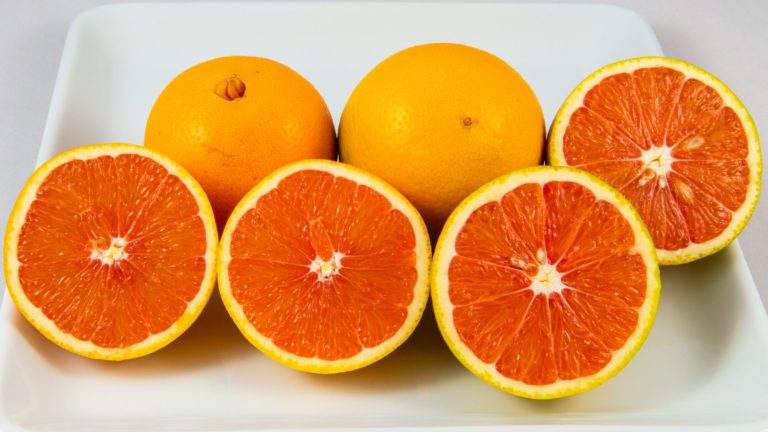
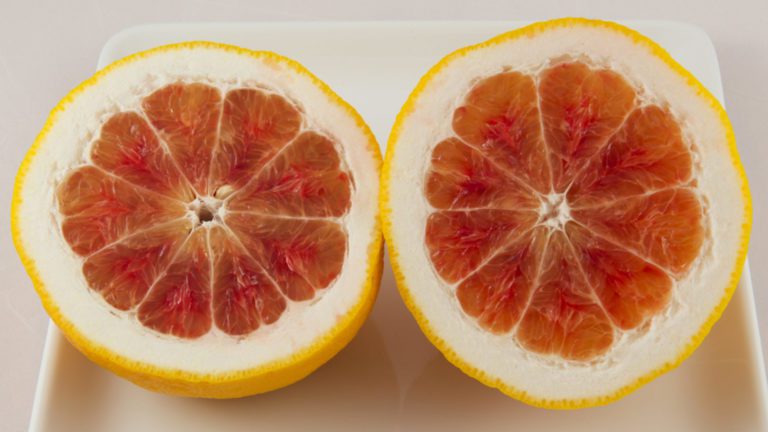

Dan, thanks for all the long hours and excellent results you have produced.
You are a trusted source of citrus information.
Also, thanks for leading the charge against citrus greening.
I would like to suggest that the name of citrus greening be changed to citrus killer or something that sounds more like what it is. Greening sounds like a good thing and it is not in this case.
Thank you, Rick! The scientists call it HLB (for its Chinese name huanglongbing); perhaps I should use that. I tend to call it citrus greening because I think that is the name that more people have probably heard.
I am learning so much! Like Rick (above) I thought citrus greening was a good thing! I grew a
little grapefruit tree from seeds of a big one in our backyard, but never attempted grafting it and it does not give fruit. Now, I am ready. Thank you!
Good luck with your grafting! I am glad that you have found this helpful!
Dan, apart from the taste test and the early fruiting, what other differentiating characteristics are there in an Okitsu Wase Satsuma vs. an Owari Satsuma? Are there any significant differences in foliage, habit, fruit colour, fruit form?
Thanks.
Hi Ron,
Thank you for your question! Since you asked about it, I published an article on Owari Satsuma with my photo so that you can compare the two for yourself. Unfortunately I only saw the Okitsu Wase fruit and not the tree, so I do not have anything to report on the tree itself. I’m planning to graft a branch of Okitsu Wase to my Owari tree this year, so perhaps I’ll be able to comment in the future.
Best regards,
Dan
Ron, I purchased (2) 5gal dwarf Okitsu Wase Satsuma at Evergreen nursery here in San Diego in 2015. They look like other citrus. They both produced fruit, but the fruit was a little bitter, but ok – edible. Once the trees are established the fruit should be better. The Miho is better (sweeter) than the Owari and the Okitsu should be better than the Miho, but time will tell. I have all 3 trees – 2 of each. For ripening in Feb to March my favorite is the Tahoe Gold and the Gold Nugget. Yosemite Gold is really good also. I have 2 fruit on the Shasta Gold that I bud grafted in 2014. I’m waiting another 3 weeks before picking to try them. Pixie is also one of my favorites – not as bursting with flavor as the Gold series, but nice mild flavor and sweet. I added 2 more pixie full size trees to compliment my 3 other dwarfs. Hope that helps your decisions.